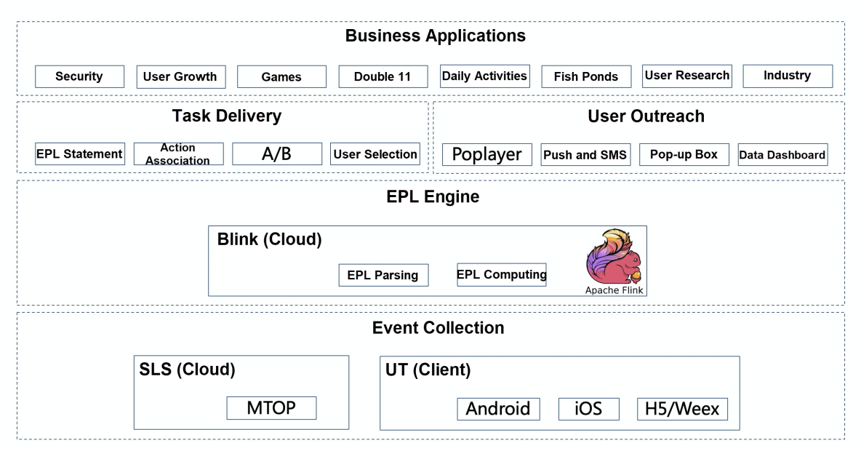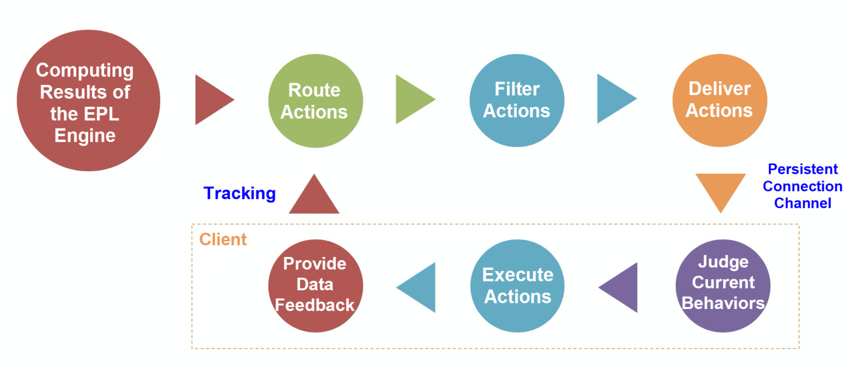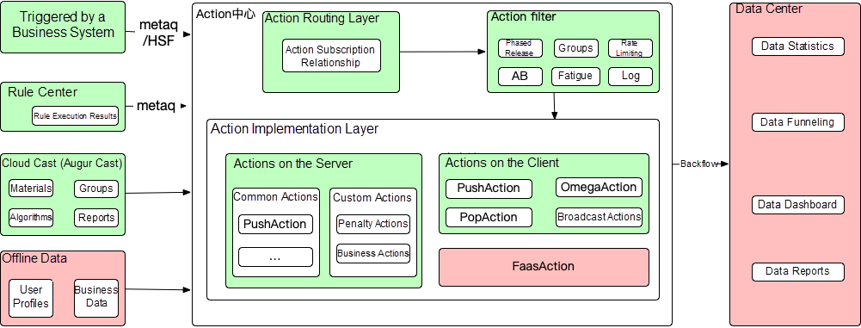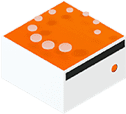By Wang Jianshuang, nicknamed Jianxin at Alibaba.
In the Internet world, the only real constant is change. As technical engineers working in the e-commerce space, we often need to meet the following requirements: Notify an online shopper on our platform of price reductions for items that the shopper has favorited to help the shopper make a transaction, guide a new shopper or one who has not made a transaction within 90 days to actively chat with a seller after the shopper browses multiple items, or send a red packet to such shopper to help him or her make a transaction.
The essential logic of these requirements is as follows: collect and analyze shopper behavior in real time, perform rule-based computing, and accurately reach the shoppers, or users, that meet the rules that are set. In the normal development mode, it can be difficult to meet these requirements. Therefore, at Alibaba we developed the Omega system to meet these requirements. The Omega system is composed of the following subsystems:
We have described the behavior collection center and CEP rule center in previous articles. In this article, we will go over how the user outreach subsystem was designed, how policies can be flexibly configured, and how users can be reached accurately.

For ease of understanding, let's briefly review the logical architecture of the Omega system. The Omega system is split based on the principle of high cohesion and low coupling. Each part is an independent and complete system and all the parts can be assembled to provide services.
These three layers are interconnected and can provide services independently, or jointly undertake external business. At present, they are undertaking businesses related to user growth, games, and security.
Let's take user growth as an example. When it comes to user experience, operation personnel help to guide users to complete transaction activities by using reasonable policy combinations and get users to experience an "Aha moment" through the product format. These policies may be rights disclosure, point of presence, and real-time push in the UT, or push, SMS, and outbound calls outside of the UT. The Omega system provides a technical solution for policy orchestration that supports long-term operation by integrating the active and passive outreach channels in and outside the UT and taking the real-time status of users as the most important information.

The outreach process itself is relatively straightforward. We divide the process into multiple small nodes and combine the nodes through configuration to ensure that each node can be plugged and swapped. The overall process of the user outreach system is as follows:
Reaching users is the last step of the Omega system process, which requires the encapsulation of sufficient common outreach capabilities to ensure real-time and effective outreach. Otherwise, the user experience may be compromised. The following section describes the detailed design of the user outreach system, which ensures that outreach policies can be flexibly configured for assembly and plugging to achieve real-time outreach.

Note that MetaQ is an internal Message Queue (MQ) framework of Alibaba. The High-speed Service Framework (HSF) is a Remote Procedure Call (RPC) framework.
The user outreach center aims to provide independent services and supports flexible and pluggable configurations and accurate reach policies. Therefore, the design of the user reach center focuses on reducing external dependencies. It uses MQ to reduce direct dependencies and coupling of external systems, defines the functional boundaries of each internal sub-module, and combines the sub-modules through configuration.
The user outreach center is mainly used to maintain outreach policies and encapsulate standard outreach capabilities. It comprises the following parts:
After an action reaches a user, the action will record data based on the unified tracking protocol. In the future, we will organize the tracking data reporting and data development process to reduce data development costs and make it easier for the business team to check the experimental results of actions and the experimental attributions.
Since the user outreach center was launched, it has undertaken multiple businesses based on configurations, such as Xianyu's JinLin Game for the last Double 11 Shopping Festival, user growth, house rental, and leasing. After the operation personnel flexibly configured policies and benefits and accurately delivered them to users in real time, the following results were observed:
As the biggest event on Alibaba's e-commerce platforms, the Double 11 Shopping Festival requires a striking high level of performance and number of queries per second to achieve the best user experience. The success of Double 11, time and time again, fully verified the performance and real-time outreach capabilities of the Omega system, and especially the user outreach center. When platform shoppers are pushed deals on items they have browsed, the final click-through rate (CTR) was significantly higher than that in offline scenarios.
The Omega system is a highly abstract solution for scenarios that have high real-time requirements, are directed by operations, and require fast experiments. Adhering to this concept, the user outreach center encapsulates various common outreach capabilities and supports filters that can be flexibly plugged. In addition, standard tracking protocols are designed to support fast business experiments and data attribution analysis. In the future, we will support standard access for offline profile data and standard analysis of data loading to integrate upstream and downstream business data and implement a closed-loop process. We welcome any questions or comments you may have.
Learn How Alibaba Is Helping Its E-Commerce Sellers Sell More Faster

56 posts | 4 followers
FollowXianYu Tech - June 22, 2020
XianYu Tech - March 11, 2020
Shane Duggan - March 8, 2023
Alibaba Cloud MaxCompute - December 6, 2021
Nick Patrocky - February 5, 2024
Alibaba Cloud Community - November 16, 2021

56 posts | 4 followers
Follow Realtime Compute for Apache Flink
Realtime Compute for Apache Flink
Realtime Compute for Apache Flink offers a highly integrated platform for real-time data processing, which optimizes the computing of Apache Flink.
Learn More DataWorks
DataWorks
A secure environment for offline data development, with powerful Open APIs, to create an ecosystem for redevelopment.
Learn More Livestreaming for E-Commerce Solution
Livestreaming for E-Commerce Solution
Set up an all-in-one live shopping platform quickly and simply and bring the in-person shopping experience to online audiences through a fast and reliable global network
Learn More MaxCompute
MaxCompute
Conduct large-scale data warehousing with MaxCompute
Learn MoreMore Posts by XianYu Tech